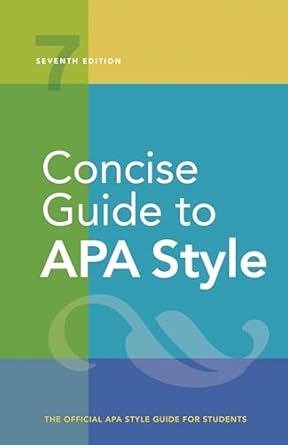[toc]
book reference examples a comprehensive guide
Concise Guide to APA Style: 7th Edition (OFFICIAL)
Page 278 Review
Book Reference Examples: A Deep Dive
This section provides a detailed look at various book reference examples, following a consistent structure for clarity and ease of use.
Let’s explore some of these examples in detail, highlighting key aspects of each.
Authored Book with a DOI
“Brown, L.
S. (2018).
Feminist therapy (2nd ed.).
American Psychological Association. https://doi.org/10.1037/0000092-000″
This example showcases a book reference with a DOI (Digital Object Identifier), a persistent link that ensures the resource can be reliably located.
The citation format includes the author’s name, publication year, title, edition, publisher, and the DOI.
The parenthetical citation is: “(Brown, 2018)” and the narrative citation is: “Brown (2018)”.
Authored Book without a DOI (Academic)
“Burgess, R. (2019).
Rethinking global health: Frameworks of power.
Routledge.”
In cases where a DOI is unavailable, especially for books from academic research databases or print versions, the reference includes the author’s name, publication year, title, and publisher.
It’s important to note that database information might need inclusion, as mentioned in Section 9.30.
The parenthetical citation is: “(Burgess, 2019)” and the narrative citation is: “Burgess (2019)”.
Authored Ebook or Audiobook without a DOI
“Cain, S. (2012).
Quiet: The power of introverts in a world that can’t stop talking (K.
Mazur, Narr.) [Audiobook].
Random House Audio. http://bit.ly/2GOBpbl”
“Christian, B., & Griffiths, T. (2016).
Algorithms to live by: The computer science of human decisions.
Henry Holt and Co. http://a.co/7qGBZAk”
These examples illustrate how to cite ebooks or audiobooks without DOIs, specifying the narrator (if applicable) and providing a nondatabase URL.
The parenthetical citations are: “(Cain, 2012; Christian & Griffiths, 2016)” and the narrative citations are: “Cain (2012) and Christian and Griffiths (2016)”.
Note the inclusion of ‘[Audiobook]’ to denote the format.
The URLs provided allow direct access to the resource.
Understanding Different Citation Styles
The examples provided demonstrate a specific citation style, likely APA (American Psychological Association) based on the format.
Key elements consistently included are the author’s name, year of publication, title of the book, and publisher.
The presence or absence of a DOI and the format of the resource (e.g., ebook, audiobook) dictate variations in the reference structure.
Importance of Accurate Referencing
Accurate referencing is crucial for academic integrity and giving credit to the original authors of the work.
It allows readers to locate the sources used and verify the information presented.
Consistency in citation style enhances the readability and professionalism of any written work.
Further Considerations
While these examples cover common scenarios, referencing can become more complex with edited books, translated works, and other unique situations.
Always consult a style guide for specific instructions on how to handle different types of sources.
Remember to pay close attention to detail and ensure all information is accurate and complete.
Conclusion
Mastering the art of referencing is essential for any writer or researcher.
By understanding the basic principles and following established style guides, you can create clear, accurate, and professional references that enhance the credibility of your work.
The provided examples serve as a valuable starting point for navigating the complexities of book citation.
Buy full ebook for only $18: https://www.lulu.com/shop/american-psychological-association/concise-guide-to-apa-style-7th-edition-official/ebook/product-rmzpq54.html?page=1&pageSize=4
Book Reference Examples A Comprehensive Guide
Read more: Writing Style & Grammar: Book Excerpt Review</
Read more: Crafting Effective Reviews: A Comprehensive Guide</


Leave a Reply